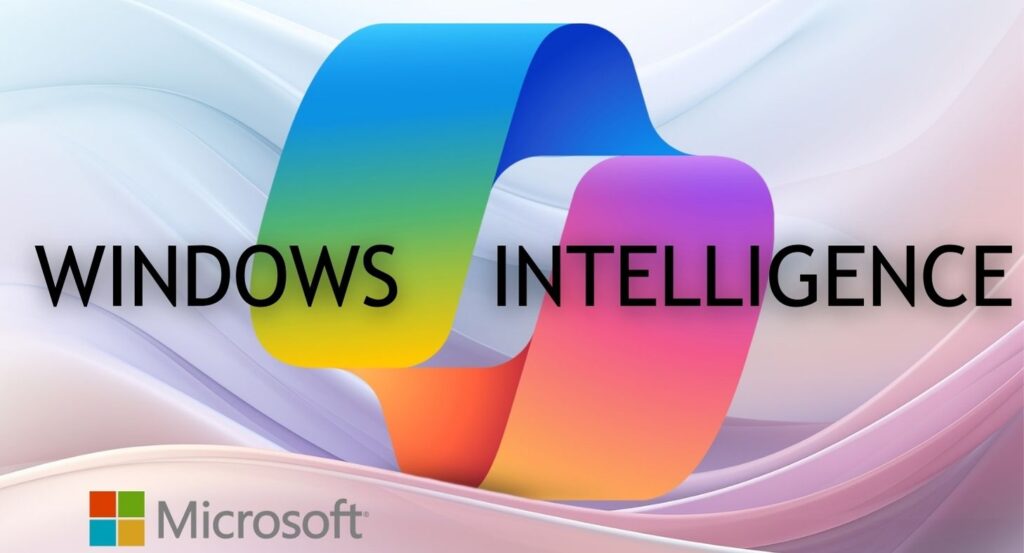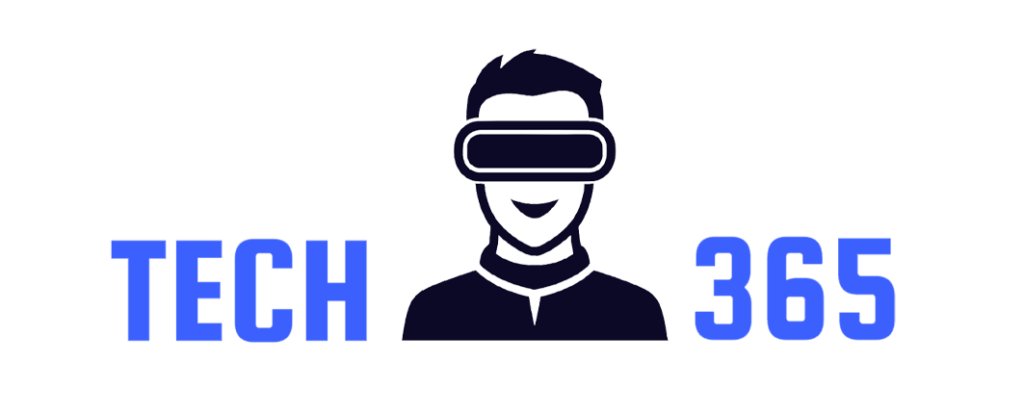With Microsoft’s highly anticipated Ignite event just days away, whispers are growing that the company may be unveiling something huge: a rebranding of its AI tool, Copilot, to the far-reaching title of “Windows Intelligence.” This wouldn’t just be a name change—it could represent a major leap in how we interact with Windows, putting AI at the core of the OS experience. Here’s why the prospect of Windows Intelligence is causing such a buzz and what it could mean for the future of personal computing.
A Vision of Seamless AI Integration
For anyone familiar with the Copilot tool on Windows, this AI assistant currently helps users with everything from drafting emails to providing smart suggestions in Excel. However, as a standalone feature, it’s felt more like an add-on than a fully integrated part of the Windows experience. Microsoft seems ready to change that. The rebranding to “Windows Intelligence” would signal an AI experience that doesn’t just sit alongside other features but is embedded directly into the DNA of the Windows OS.
Imagine opening your Windows desktop to find a suite of AI-driven features seamlessly available across the system. This unified approach could make AI a fluid, intuitive part of everyday tasks—whether it’s helping you brainstorm in Word, creating presentations in PowerPoint, or just answering questions about your computer settings.
Following in Apple’s Footsteps, But With a Twist
Microsoft appears to be taking a page from Apple’s playbook here, with Apple’s “Apple Intelligence” branding already making AI tools feel like an essential part of the Apple ecosystem. But where Apple focuses its AI largely on personal devices and apps, Microsoft’s ambitions seem broader. Windows Intelligence could be a powerful framework for everything AI-related in the Windows environment, touching on productivity, creativity, accessibility, and even IT support.
This rebranding could allow Microsoft to emphasize that Windows Intelligence isn’t just about one tool or product but an evolving suite of capabilities. By bringing various AI-driven functions under a single, intuitive brand, the company would simplify the user experience, making it easier for users to tap into powerful AI tools without needing to navigate different apps and interfaces.
How Windows Intelligence Could Change Day-to-Day Use
If Windows Intelligence is announced, here’s how it could enhance the user experience:
- Instant Contextual Assistance: Think of Windows Intelligence as a system-wide assistant. While working in any application, users could access instant suggestions, tips, or tools for the task at hand. No more switching tabs or apps—just click, ask, and get smart help.
- Dynamic Content Generation: Copilot already offers content suggestions, but Windows Intelligence would take this to the next level by deeply understanding the context of what you’re working on. Creating reports, drafting emails, or brainstorming ideas could become much faster, with tailored recommendations that feel as if they’re coming from a real-time collaborator.
- Enhanced Accessibility: For users with disabilities, the rebranding could mean more inclusive and accessible tools, from real-time transcription and translation to voice-guided navigation. If embedded across the system, Windows Intelligence could make Windows a leader in accessibility through AI.
- Proactive System Optimization: With AI built into the OS, Windows Intelligence could actively monitor performance, suggesting or even implementing optimizations without user intervention. This would bring the idea of “self-maintaining” systems one step closer to reality, ideal for both personal and enterprise users.
Ignite 2024: The Stage for Windows Intelligence
Taking place from November 18–22, Ignite 2024 is set to focus heavily on AI, making it the perfect event for Microsoft to debut Windows Intelligence. If the rumors hold, this event will likely feature demonstrations of Windows Intelligence in action, showing how users can experience a more cohesive, efficient, and AI-enhanced version of Windows.
Attendees will get a firsthand look at the practical applications for Windows Intelligence across various fields, from productivity to cloud integration, showcasing the potential this tool has to redefine the user experience. For developers and IT professionals, Microsoft may also reveal how Windows Intelligence will integrate with enterprise solutions, creating AI-powered business tools for more efficient workflows.
The Future of AI-Powered Operating Systems
If Microsoft follows through on the shift to Windows Intelligence, it could spark a trend in operating systems where AI becomes foundational rather than supplementary. Microsoft’s competitors, including Apple and Google, are likely watching these developments closely. Windows Intelligence could become a model for how AI might be embedded into operating systems, making it the go-to assistant that users never have to think twice about.
For Microsoft, this move also underscores a deeper shift toward positioning AI as a pillar of the Windows platform. Just as the internet transformed how we interacted with technology, AI stands ready to do the same—and Windows Intelligence could lead the charge.
Wrapping Up: The Excitement Builds
In a world where AI tools are becoming more advanced by the day, the rebranding of Copilot as Windows Intelligence signals Microsoft’s commitment to an AI-driven future. If unveiled at Ignite, Windows Intelligence could be the beginning of an era where users experience AI not as an optional extra, but as a native part of their OS experience. The possibilities are vast, from transforming work productivity to making everyday computing more intuitive and personalized.
As we await the official announcement, the prospect of Windows Intelligence offers a glimpse of what computing might look like in a world where AI is truly omnipresent. Whether you’re a tech enthusiast or a professional, it’s an exciting time to see how AI could make Windows smarter, simpler, and more powerful than ever before.



